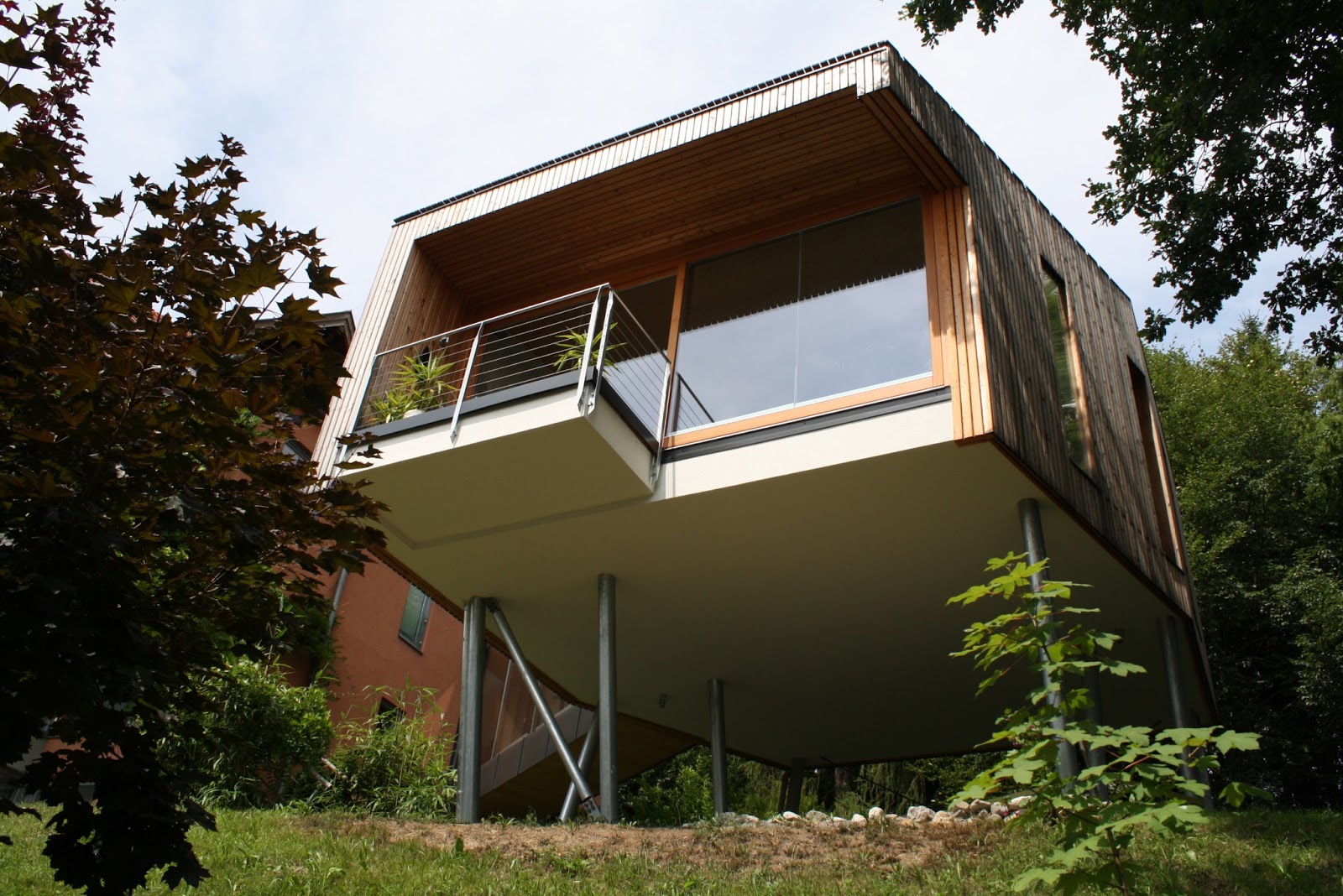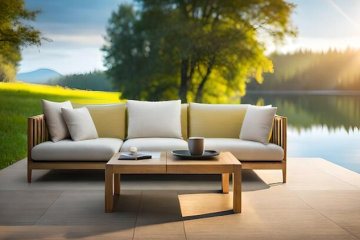As environmental awareness grows, more homeowners are looking for ways to make their homes more sustainable. From reducing energy consumption to choosing eco-friendly materials, there are several strategies to create a home that not only feels good to live in but is also kinder to the planet. Here are four practical ways to incorporate sustainable practices into your home construction.
1. Choose Sustainable Building Materials
Opting for sustainable materials is one of the simplest ways to make your home more eco-friendly. This can include recycled, reclaimed, or renewable materials. For example, recycled steel or reclaimed wood can give your home a unique character while reducing the demand for new resources. Bamboo, a rapidly renewable material, is another excellent choice for flooring or furniture due to its durability and aesthetic appeal.
Additionally, consider materials that have low embodied energy – the energy consumed in their production and transportation. Locally sourced materials often have a lower carbon footprint than those imported from afar. By selecting materials that require less energy to produce, you not only minimise environmental impact but also support sustainable practices in your community. Many Shropshire builders are already familiar with these sustainable options and can guide you through the process of selecting materials that suit your project needs while aligning with your eco-conscious goals.
2. Implement Energy-Efficient Design
Energy efficiency is key to reducing a home’s environmental impact and saving money on utility bills. Start by considering the orientation of your home; taking advantage of natural light can significantly reduce your need for artificial lighting and heating. Large south-facing windows can allow sunlight to heat your home naturally during the winter months, while shading elements like awnings or trees can help keep it cool in the summer.
Integrating smart technologies such as programmable thermostats, energy-efficient appliances, and LED lighting can further enhance your home’s energy efficiency. Proper insulation is also essential. Ensuring that walls, roofs, and floors are well-insulated helps maintain a consistent indoor temperature, reducing the need for excessive heating or cooling. Effective insulation and thoughtful design can drastically cut down on energy consumption, making your home more sustainable in the long run.
3. Install Water-Saving Fixtures
Water conservation is another crucial aspect of sustainable home construction. Installing water-saving fixtures such as low-flow showerheads, dual-flush toilets, and aerated taps can greatly reduce water consumption. These simple changes not only save water but also reduce your utility bills, offering a double benefit.
For those who want to take water conservation a step further, consider installing a rainwater harvesting system. Rainwater can be collected and used for various purposes around the home, such as watering the garden or even flushing toilets. Greywater recycling systems, which reuse water from sinks and showers for irrigation, can also significantly cut down on overall water usage. Incorporating these systems into your home design is a proactive step toward a more sustainable lifestyle.
4. Incorporate Renewable Energy Sources
Incorporating renewable energy sources into your home is an excellent way to reduce reliance on non-renewable resources. Solar panels are a popular choice, providing clean, renewable energy while also potentially reducing your electricity bills. If you live in a windy area, a small wind turbine might also be a viable option.
In addition to these technologies, consider using geothermal energy for heating and cooling your home. This involves using the earth’s natural heat, which is both sustainable and highly efficient. Although the initial investment may be higher, these systems can offer significant savings in the long term and provide a more sustainable energy solution for your home. Engaging with local builders familiar with renewable energy integration will ensure that the systems you choose are well-suited to your property and local climate.
These sustainable practices not only contribute to a healthier planet but also create a healthier living environment for you and your family. Building a sustainable home is about making informed choices that benefit both your lifestyle and the environment.
Next Read: Timeline Management for Your New Home Construction Schedule




